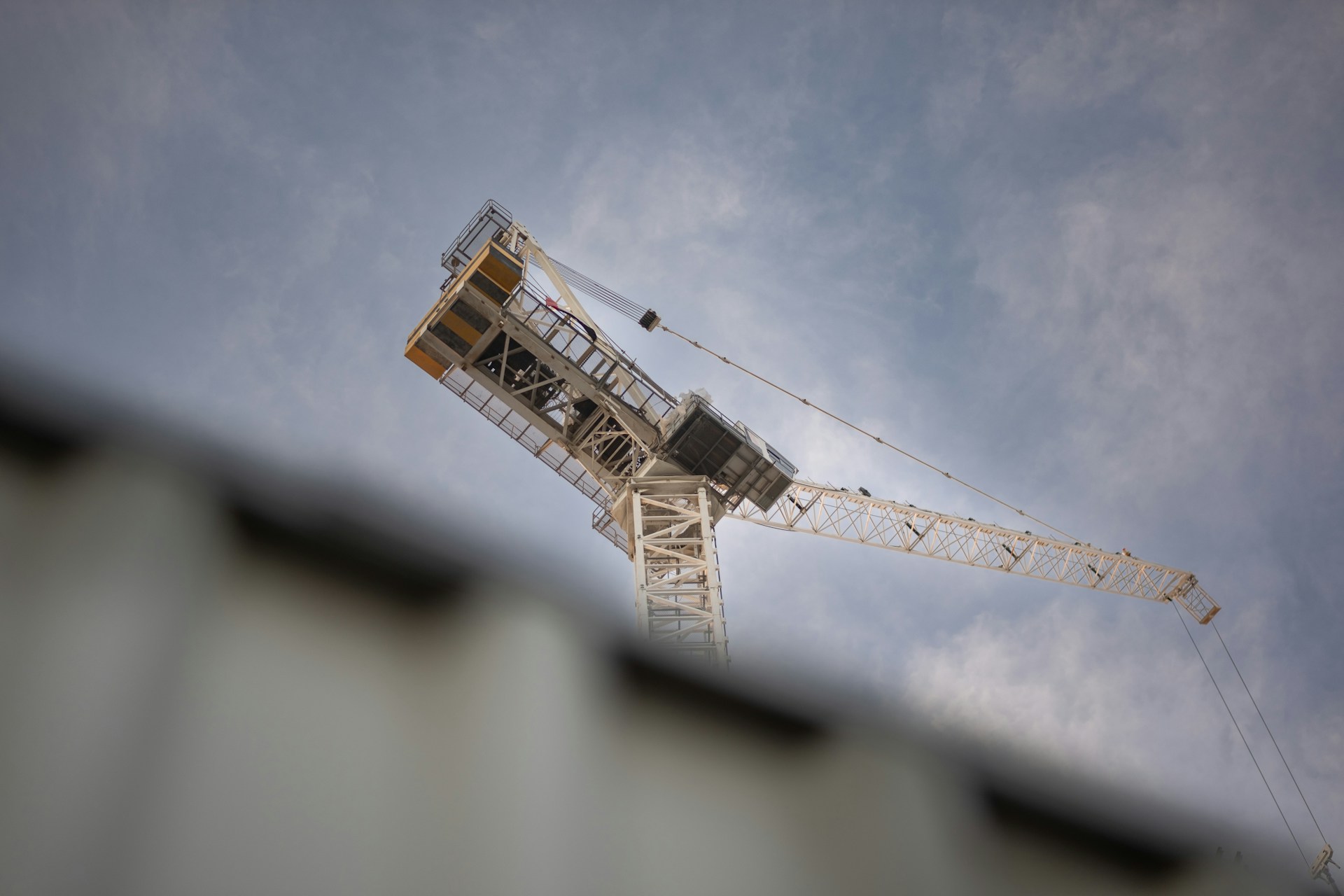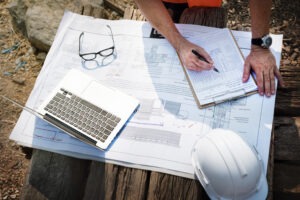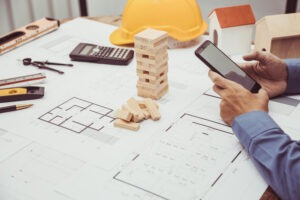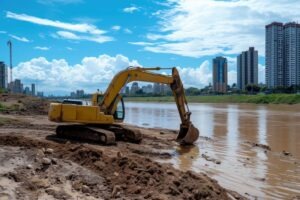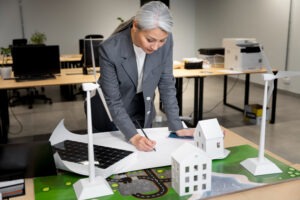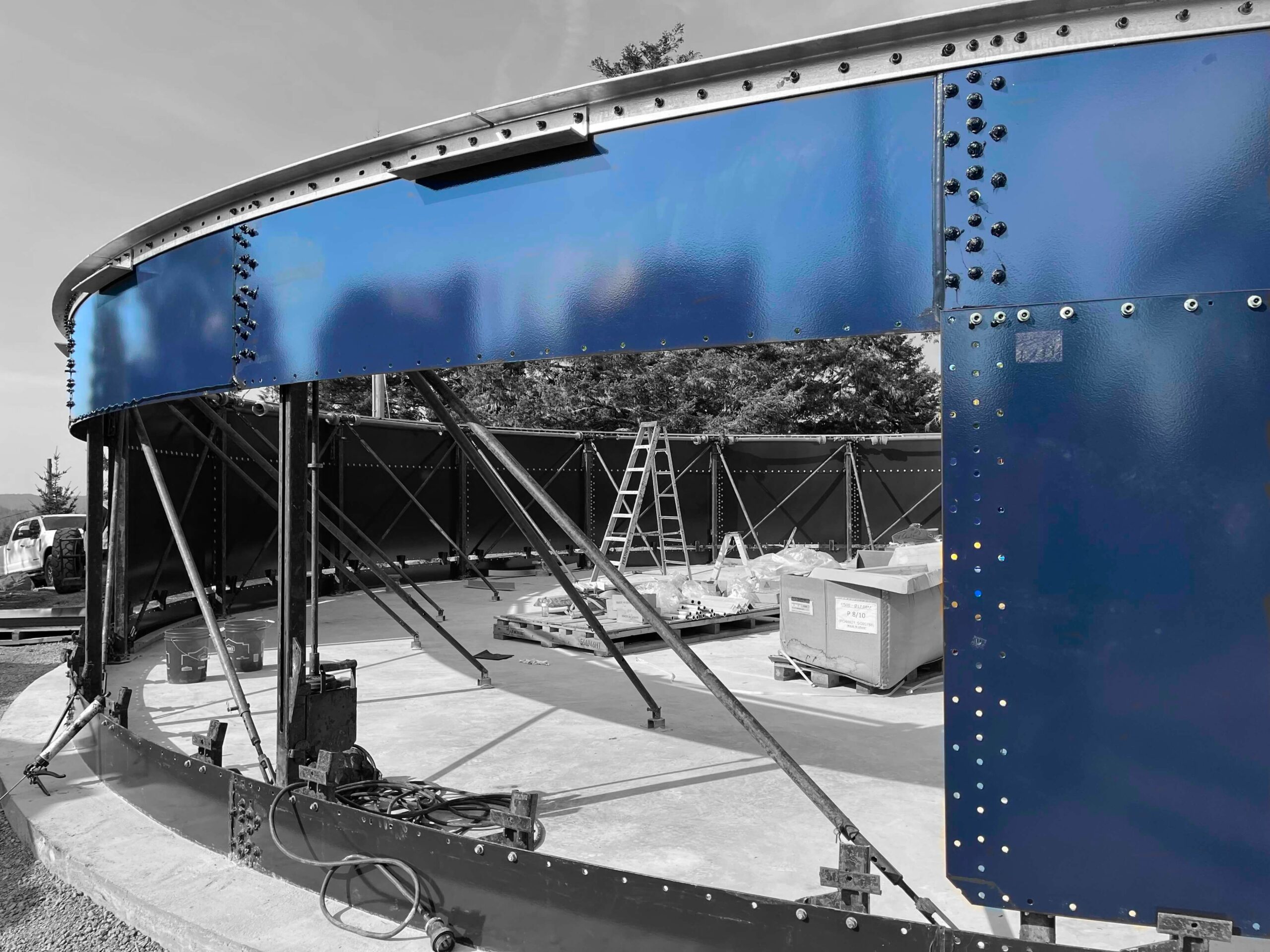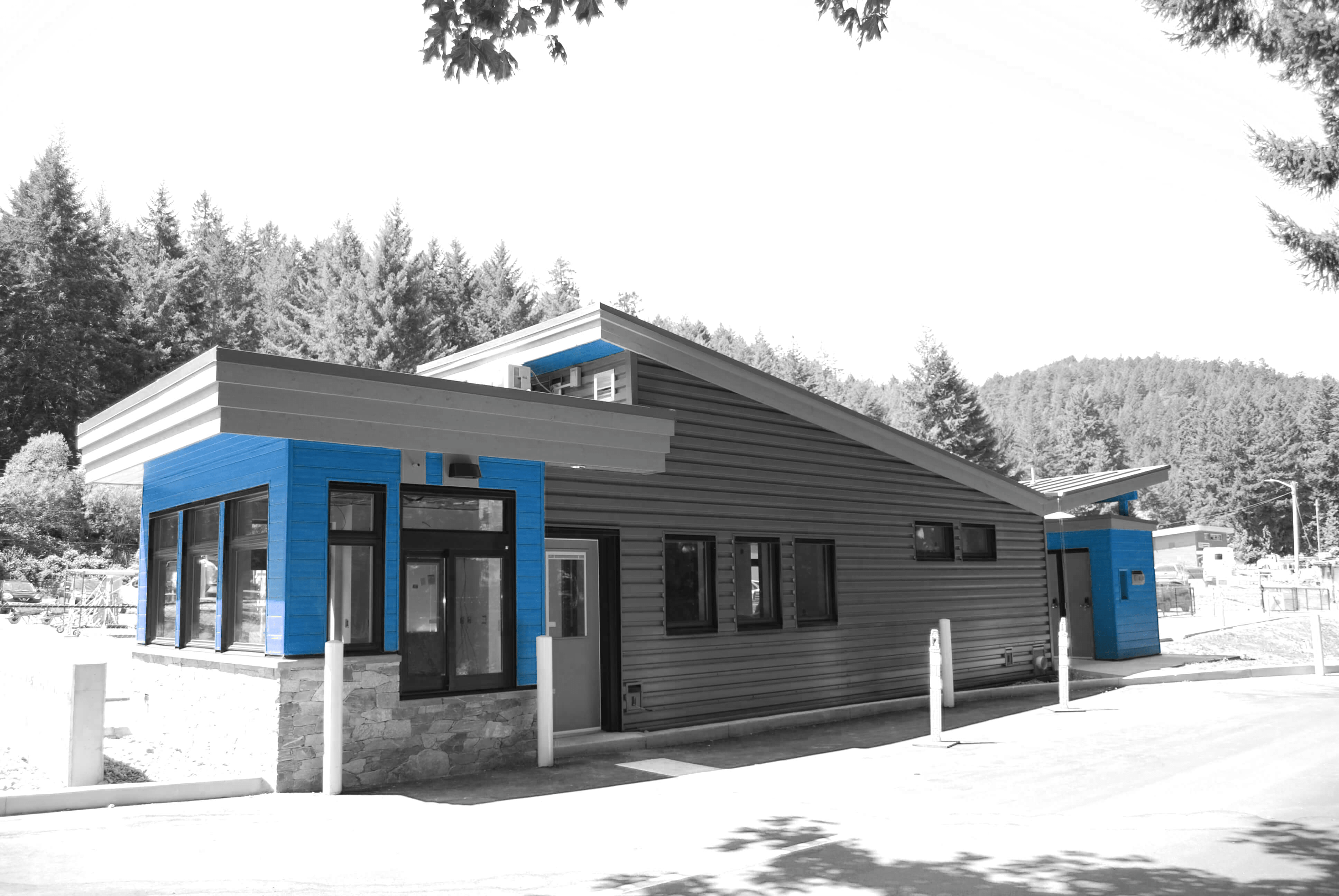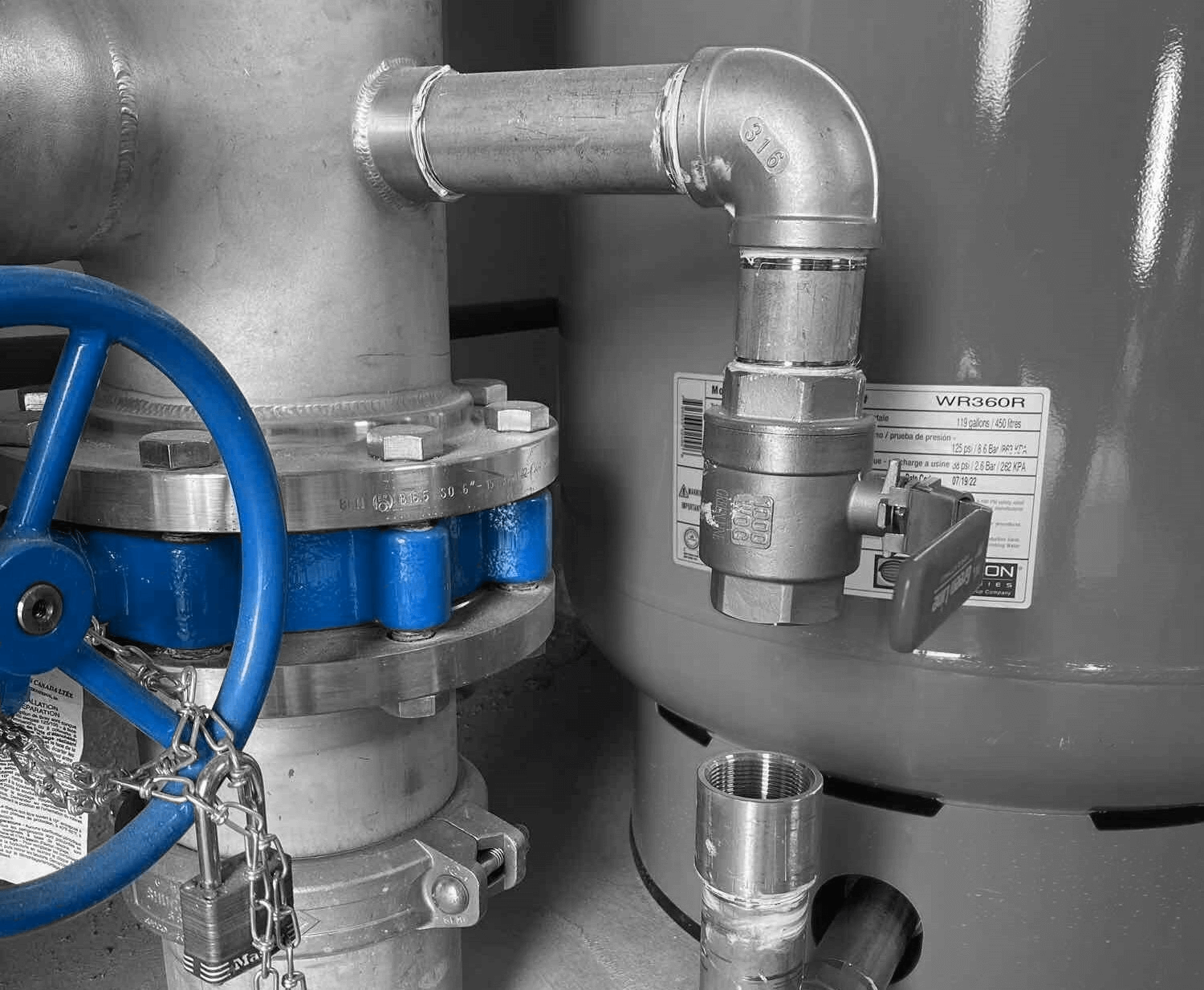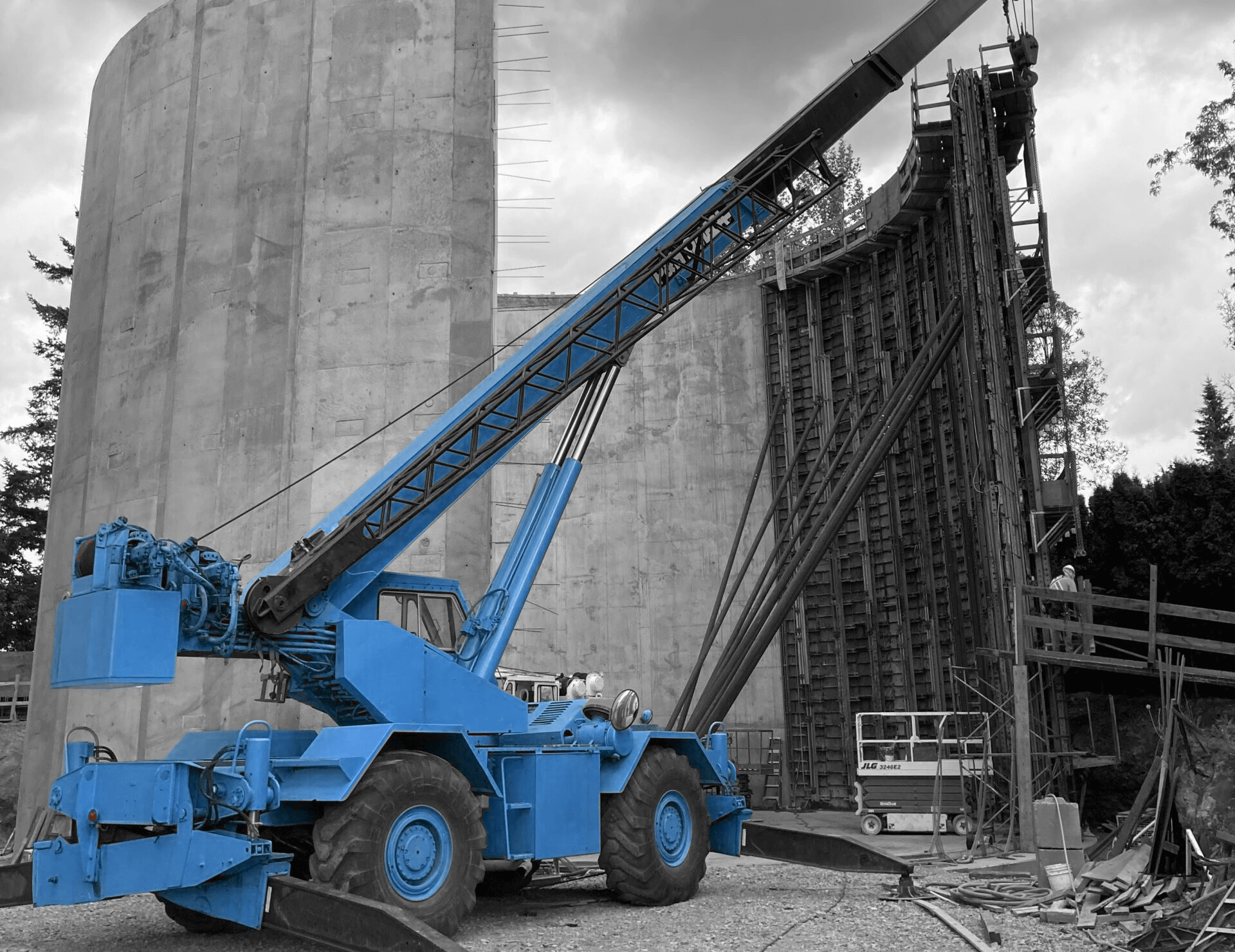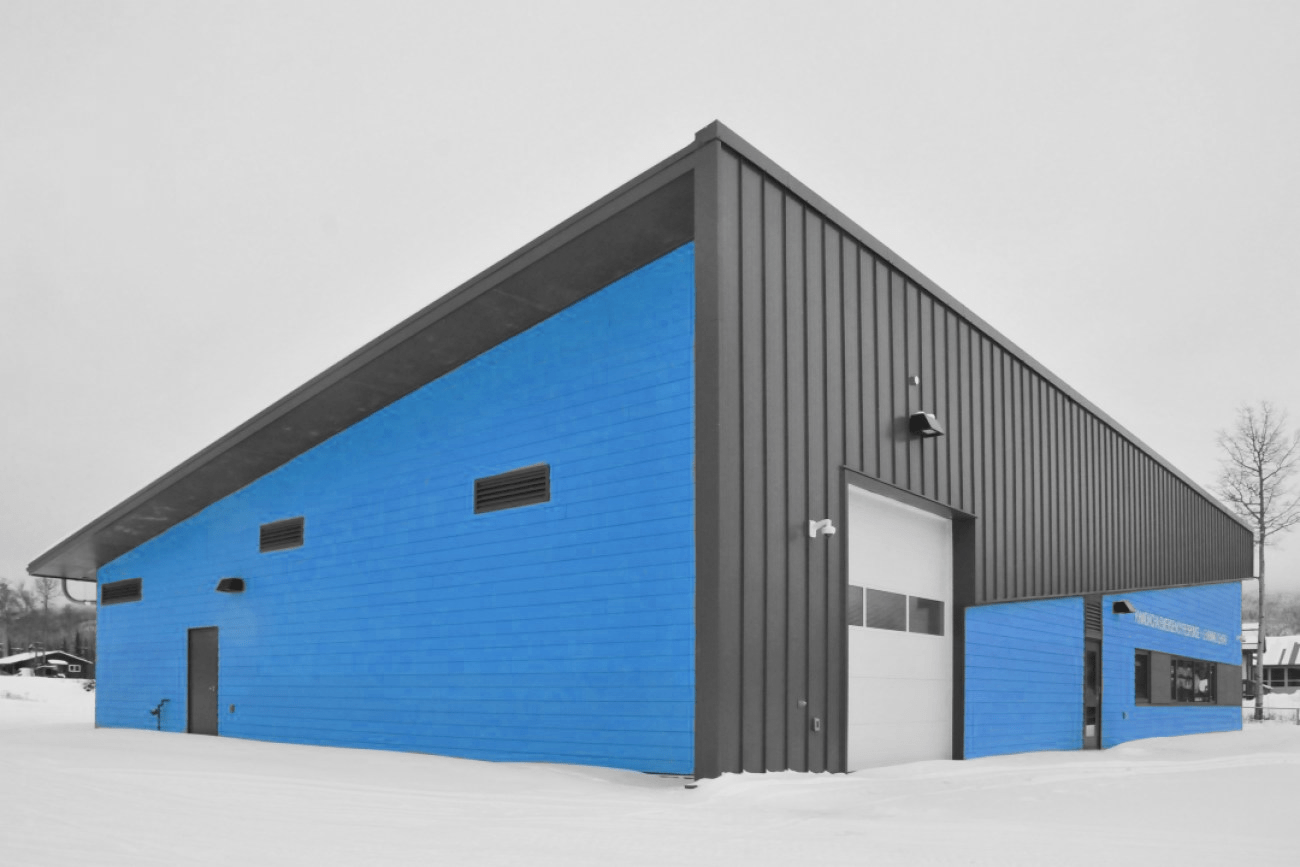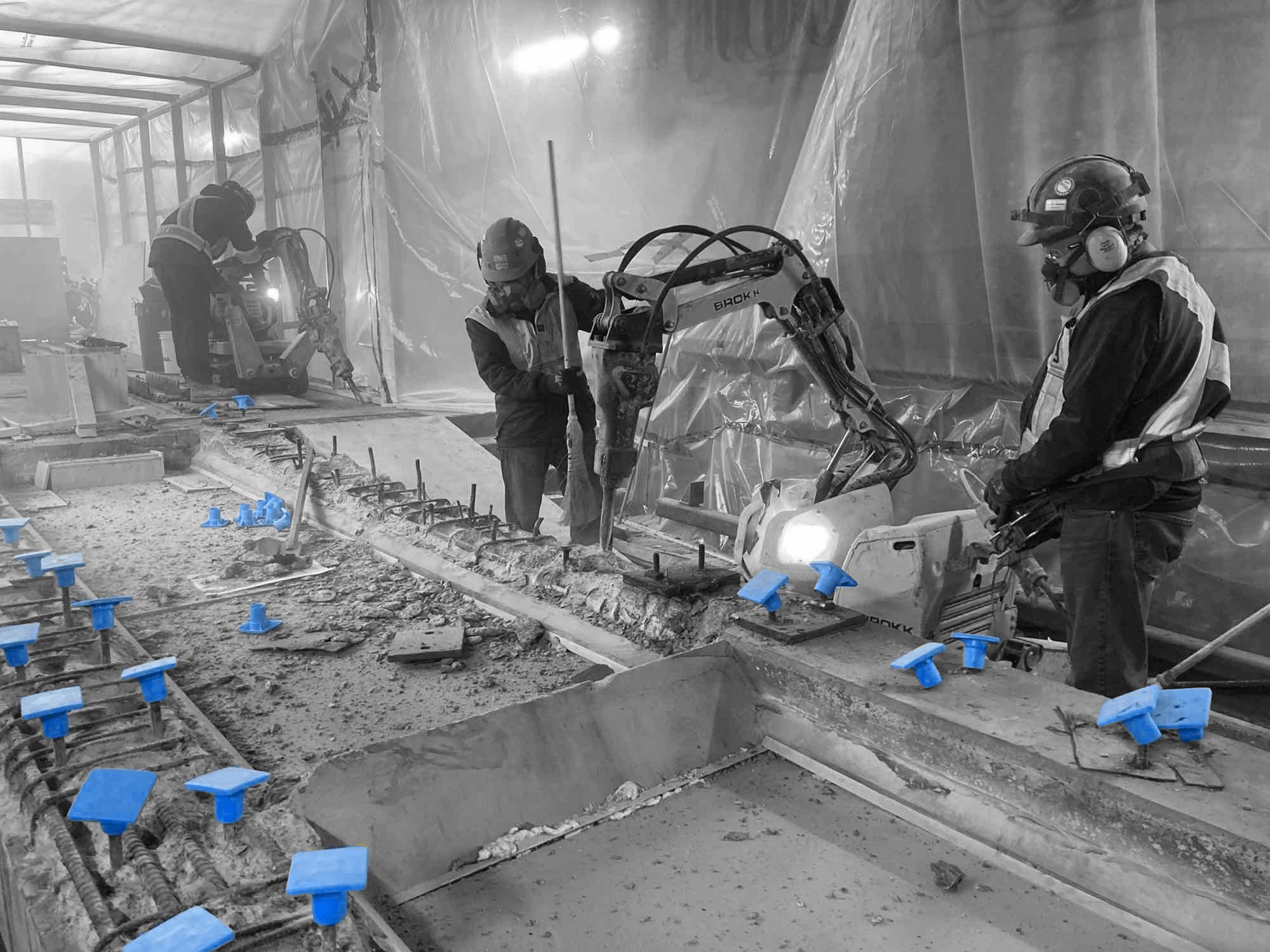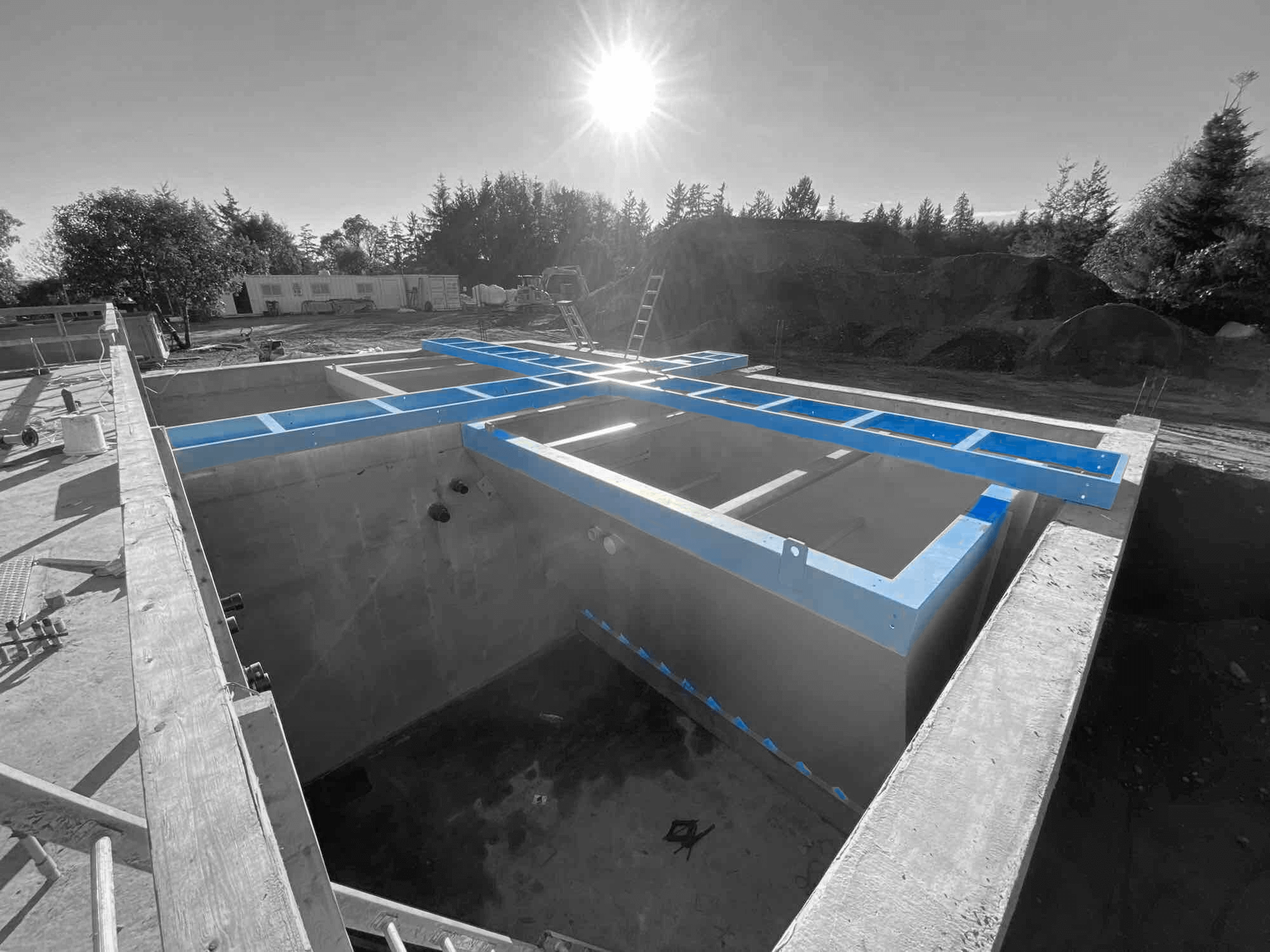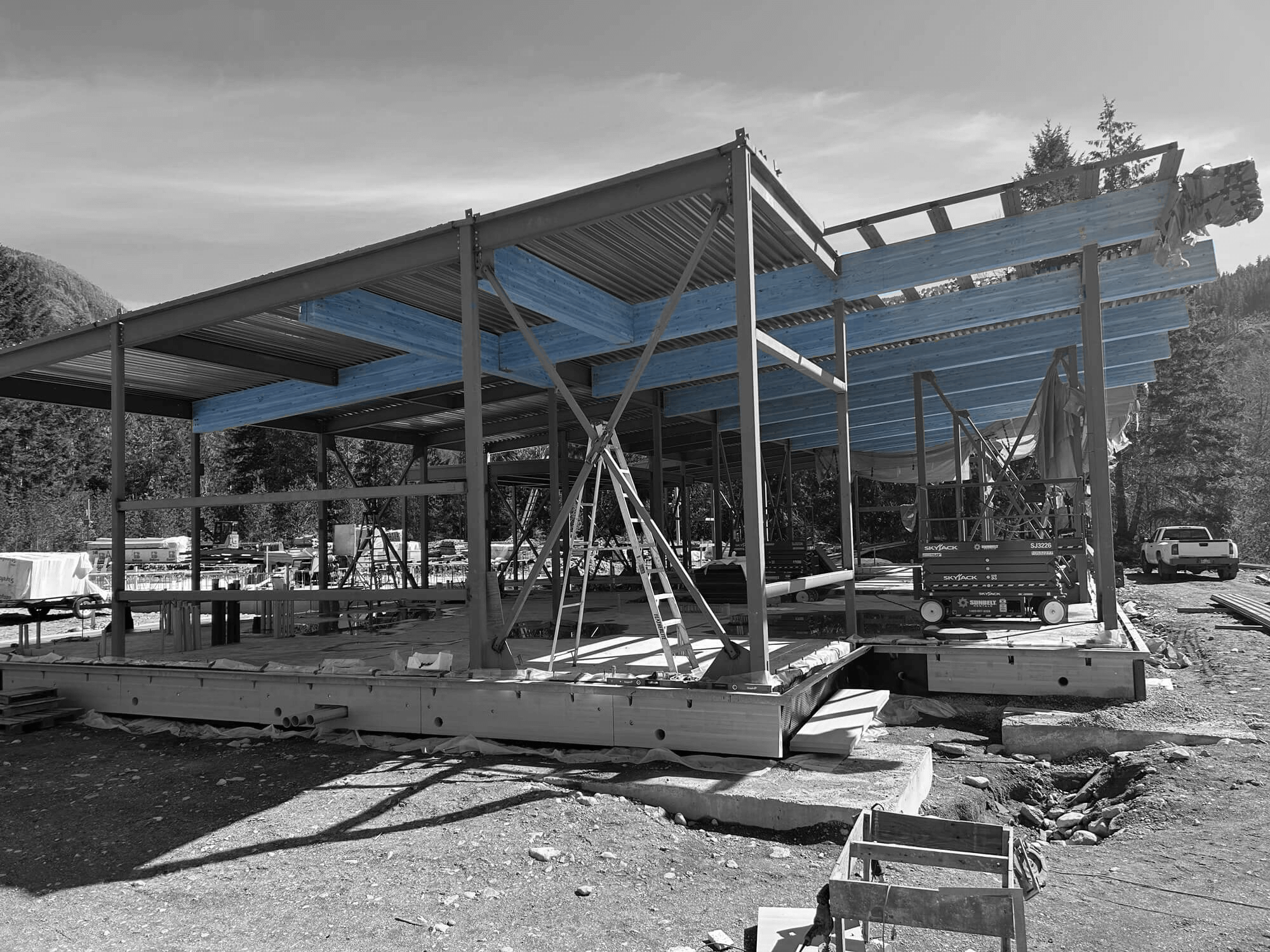Steel buildings have become a cornerstone of modern industrial construction. These structures offer unmatched durability, cost-effectiveness, and versatility, making them ideal for various industrial applications. From manufacturing plants to warehouses, steel buildings provide the robust framework needed to support heavy machinery, large inventories, and complex operations. This strength and adaptability make steel a material of choice for many industrial projects.
The advent of advanced engineering and design techniques has further enhanced the utility of steel buildings. Today, we can create custom solutions that meet specific industrial requirements, ensuring optimal functionality and efficiency. Steel buildings are known for their quick construction times, which can significantly reduce project timelines and minimize disruptions to ongoing operations. Moreover, their sustainable nature, with many steel components being recyclable, aligns well with eco-friendly practices and environmental regulations.
Despite these advantages, steel building projects can come with their share of challenges. Factors like site conditions, design complexities, and regulatory compliance need to be carefully managed to ensure successful outcomes. Understanding the various aspects of steel building construction, from benefits to innovative design solutions, helps us navigate these challenges effectively. In this article, we will delve into the essential elements and techniques that make steel buildings a prime choice for industrial needs.
Benefits of Steel Buildings for Industrial Applications
Steel buildings offer numerous benefits that make them highly suitable for industrial applications. One of the most significant advantages is their durability. Steel is a robust material capable of withstanding extreme weather conditions, loads, and impacts. This makes steel buildings ideal for housing heavy machinery and equipment, ensuring they remain safe and secure. The longevity of steel structures also means fewer repairs and lower maintenance costs, providing long-term savings.
Another essential benefit is the cost-effectiveness of steel buildings. The materials and construction methods used in steel building projects often result in faster construction times. This means industrial projects can be completed more quickly, reducing labour costs and minimizing disruption to operations. Additionally, steel is often more affordable compared to other building materials, making it a budget-friendly option for many industrial applications.
Versatility is another key advantage. Steel buildings can be easily customized to meet the specific needs of different industrial operations. Whether it’s a manufacturing plant, a warehouse, or a distribution centre, the design flexibility allows for tailored solutions that maximize space usage and operational efficiency. Furthermore, steel structures can be expanded or modified as needed, providing scalability for growing businesses.
Key Components of Steel Building Construction
The construction of steel buildings involves several key components that contribute to their overall strength and functionality. One of the most crucial elements is the steel frame, which forms the skeleton of the building. The frame consists of vertical columns and horizontal beams connected to create a stable and robust structure. This framework provides the essential support needed to carry the loads imposed by the roof, walls, and any equipment or materials inside the building.
Roofing and cladding are also vital components in steel building construction. The roof system is designed to protect the building from environmental elements such as rain, snow, and wind. Steel roofs are often coated with protective layers to prevent corrosion and enhance their durability. Cladding, which covers the exterior walls, acts as an additional layer of protection and insulation. It helps to regulate the internal temperature of the building and provides resistance against harsh weather conditions.
Foundations are another critical part of steel building construction. A strong foundation ensures the stability and integrity of the structure. Depending on the site conditions and building requirements, different types of foundations such as slab-on-grade or deep foundations may be used. Properly designed foundations can prevent issues such as settling or shifting, ensuring the long-term performance of the building.
Bracing systems are used to provide additional stability and prevent lateral movements caused by wind or seismic activity. These systems can include components like cross-bracing, rigid frames, or shear walls. Each element works together to create a secure and reliable structure, capable of withstanding various forces and pressures.
Using these key components effectively ensures the success and longevity of industrial steel buildings. By understanding the role each part plays in the construction process, we can design and build structures that meet the specific needs of industrial operations.
Innovative Design Solutions for Steel Buildings
Implementing innovative design solutions in steel buildings allows us to create structures that maximize efficiency and functionality. One such design solution is the use of pre-engineered steel buildings. These are factory-built components that are shipped to the construction site for assembly. Pre-engineering allows for precise fabrication, reducing waste and improving the quality of the final structure. This method also speeds up construction time, enabling us to complete projects more quickly and efficiently.
Another innovative design solution is the integration of energy-efficient systems. We incorporate insulation, energy-efficient windows, and roofing materials to reduce the energy consumption of the building. Solar panels can also be installed on the roof to harness renewable energy. By implementing these systems, we create buildings that are not only sustainable but also cost-effective in the long run. This approach aligns with growing environmental regulations and helps industrial operations achieve their sustainability goals.
Modular construction is another forward-thinking approach. In this method, sections of the building are constructed off-site and then assembled on-site. This speeds up the construction process and ensures higher quality control, as components are built in a controlled environment. Modular construction is particularly useful for expanding existing facilities since modules can be added or rearranged without significant disruptions to ongoing operations.
Overcoming Common Challenges in Steel Building Projects
Steel building projects often face several challenges that need to be addressed for successful outcomes. One common challenge is site conditions. Uneven terrain, poor soil quality, and accessibility issues can complicate construction. To overcome these, we conduct thorough site assessments and geotechnical investigations before starting the project. These evaluations help us design appropriate foundations and select suitable construction methods to ensure stability and safety.
Regulatory compliance is another significant challenge. Industrial buildings must adhere to various local, provincial, and federal regulations concerning safety, environmental impact, and zoning. Staying compliant requires detailed knowledge of these regulations and the ability to incorporate them into the project design and execution. We work closely with regulatory bodies to secure necessary permits and ensure that all aspects of the construction process meet legal requirements.
Managing project timelines and budgets can also be challenging. Unexpected delays and cost overruns can impact project viability. Effective project management is crucial in this regard. We use advanced project management tools and techniques to track progress, manage resources, and address any issues that arise promptly. Clear communication with all stakeholders ensures that everyone is on the same page, reducing the likelihood of misunderstandings and delays.
Conclusion
Steel buildings provide an excellent solution for industrial needs, offering benefits like durability, cost-effectiveness, and versatility. Key components such as steel frameworks, roofing, and foundations play crucial roles in ensuring the strength and functionality of these structures. Innovative design solutions like pre-engineering, energy-efficient systems, and modular construction further enhance the value of steel buildings.
However, challenges such as site conditions and regulatory compliance need careful management. Through detailed site assessments, regulatory expertise, and effective project management, we can overcome these obstacles and deliver successful projects.
At Industra Construction Corp., we are committed to providing top-tier steel building solutions tailored to your industrial needs. Our expertise in design-build and construction management ensures that we deliver robust, efficient, and sustainable structures. Contact Industra Construction Corp. today to discover how we can help you achieve your industrial construction goals.


